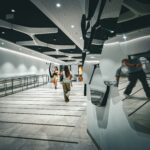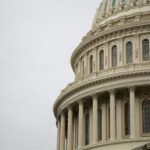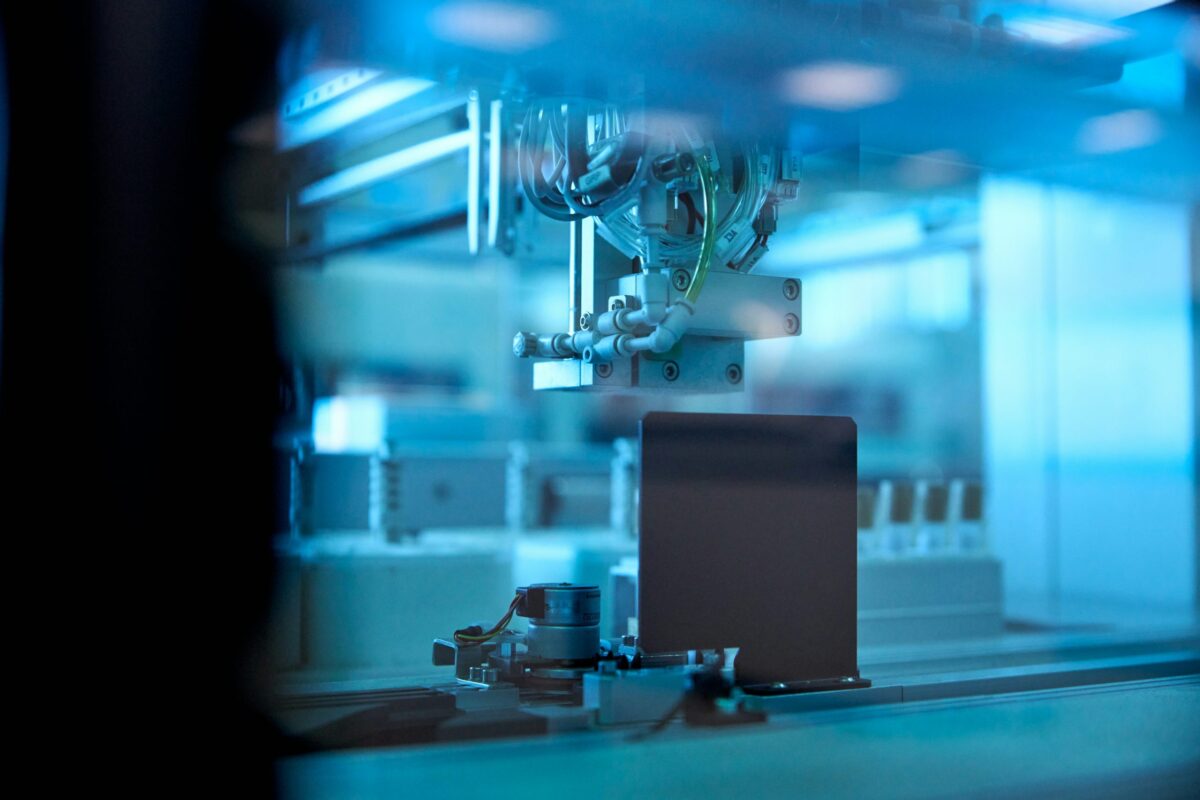Europe just drew its line in the sand. The European Commission’s new Competitiveness Compass, published this week, isn’t just another policy document—it’s a call for sharper thinking and genuine speed.
Commission President Ursula von der Leyen says Europe has all the ingredients for success: talent, capital, and a single market unlike any other. Yet the race is on. The global stage won’t wait while the EU sorts out its internal hurdles.
For two decades, Europe has seen a widening gap in innovation and productivity compared with major rivals. That’s a worrying trend when other regions, from the United States to Asia, are boosting industrial output, investing in advanced technologies, and drawing top-tier talent.
Europe can’t coast on its legacy. The Commission believes it must act fast, especially in the face of rising energy costs, shifting supply chains, and a climate imperative that grows more urgent every day.
The Competitiveness Compass lays out a path to keep Europe in the game and perhaps even drive it. It banks on three core ideas: close the innovation gap, pursue decarbonisation without sinking industry, and reduce crippling dependencies that leave the EU exposed.
Each sounds familiar, but the Commission argues it’s taking an integrated approach this time—one that merges economic ambition with environmental goals and security priorities, rather than treating them as separate boxes on a checklist.
A rallying cry
Von der Leyen’s rallying cry is clear: “Europe has everything it needs to succeed in the race to the top. But we must fix our weaknesses to regain competitiveness. The Competitiveness Compass transforms the excellent recommendations of the Draghi report into a roadmap. We have the political will. What matters is speed and unity.”
She makes it sound almost straightforward—align 27 member states, overhaul entrenched practices, and take on global economic heavyweights. The key will be execution, not words.
The first plank is all about innovation. The EU has a history of world-class research centres, brilliant scientists, and strong R&D in sectors like automotive and healthcare. But innovation often dies on the vine when it can’t jump from lab to large-scale market. The Commission proposes initiatives like “AI Gigafactories” to accelerate industrial adoption of artificial intelligence, plus a “28th legal regime” so start-ups can operate under a single set of rules, regardless of which country they call home. The goal is to build a habitat where creative thinking thrives and scaling across borders becomes second nature.
It sounds ambitious, but the payoff could be huge if thousands of young businesses no longer struggle with red tape the moment they cross a national boundary.
Wake-up call
The second plank merges decarbonisation with competitiveness. High and volatile energy prices have given Europe a wake-up call, especially in energy-intensive sectors such as steel and chemicals.
The Commission wants an Affordable Energy Action Plan to help push down costs, while an Industrial Decarbonisation Accelerator Act promises faster permitting for projects that slash emissions.
Think of a more coordinated approach to building hydrogen infrastructure, modernising factories, and ensuring stable, greener supply chains. If done right, it could help Europe balance climate goals with a thriving industrial base. If done poorly, it risks layering extra bureaucratic hoops on industries that might pack up and leave.
The third plank tackles security and diversification of supply. No one wants a replay of the sudden scrambling for medical gear or raw materials that shook Europe in recent crises.
With trade deals spanning 76 countries, the EU has extensive reach, but it needs to weave that network into genuine partnerships.
The Commission’s plan for Clean Trade and Investment Partnerships seeks deals that guarantee reliable access to crucial resources, from lithium for batteries to advanced semiconductors. Inside Europe, the Commission hints at revising public procurement rules to give preference to home-grown projects in critical sectors.
That’s not about protectionism, officials say, but about ensuring resilience so Europe isn’t blindsided if a global power decides to squeeze supply lines.
An end to bureaucracy?
Beneath these three pillars sit five ‘horizontal enablers’. First, simplification is crucial: the Compass sets targets to chop administrative burdens by 25 per cent overall and 35 per cent for small and medium-sized enterprises. That’s big news for any business currently drowning in overlapping rules on everything from sustainability reporting to product labelling.
The second enabler is strengthening the single market by removing leftover obstacles and standardising rules faster. The Commission sees that as the engine of Europe’s success, but in practice it’s a patchwork of national regulations that often trip up entrepreneurs.
Financing competitiveness is the third enabler. The Commission notes that Europe is rich in savings but poor in turning those funds into growth capital. So it wants a European Savings and Investments Union—an initiative to spur risk funding, unify capital markets, and funnel more money to promising ventures.
The fourth enabler is skills and quality jobs. Without them, innovation remains a buzzword. The Commission’s plan for a ‘Union of Skills’ will boost adult learning, retraining, and labour mobility, plus make it easier for qualified people from outside the EU to join Europe’s workforce.
Finally, there’s coordination. Too many grand plans from Brussels flounder when national governments fail to follow through. The proposed Competitiveness Coordination Tool hopes to keep everyone on the same page, tracking reforms and investments at both EU and national levels.
To fund it all, a Competitiveness Fund might combine various instruments under one umbrella, rather than scatter them across countless programmes with slightly different objectives.
The time for action has arrived
The global context looms large. China and the US are sinking billions into AI and advanced manufacturing, and other regions aspire to draw industrial capacity that Europe might lose.
For Stéphane Séjourné, the Commission’s Executive Vice-President for Prosperity and Industrial Strategy, the new doctrine is simple: “Competitiveness in every euro we spend, and in every initiative we propose.” It’s meant to be a mental shift as much as a policy tweak—a promise to measure every action by whether it makes Europe more dynamic.
Whether the EU can pull this off without slipping into a maze of procedures and political disputes remains to be seen.
The Commission insists the time for consensus is over; the time for action has arrived. Speed is the watchword. Unity is the challenge. But the opportunity is real. By modernising supply chains, expanding research frontiers, cutting red tape, and making clean energy viable at scale, Europe could rewrite its economic story and outpace those who doubt its capacity for reinvention.
If it manages that, the Competitiveness Compass will be remembered as the moment Brussels replaced tired talk with real impact.
If it hesitates, the best ideas might slip away to regions that can push them faster. Right now, the Commission says there’s a plan, the political will, and a clear sense of urgency.
Europe’s future might hinge on whether all 27 member states and countless businesses decide to seize that momentum—together and without delay.
Photo by Testalize.me on Unsplash.







